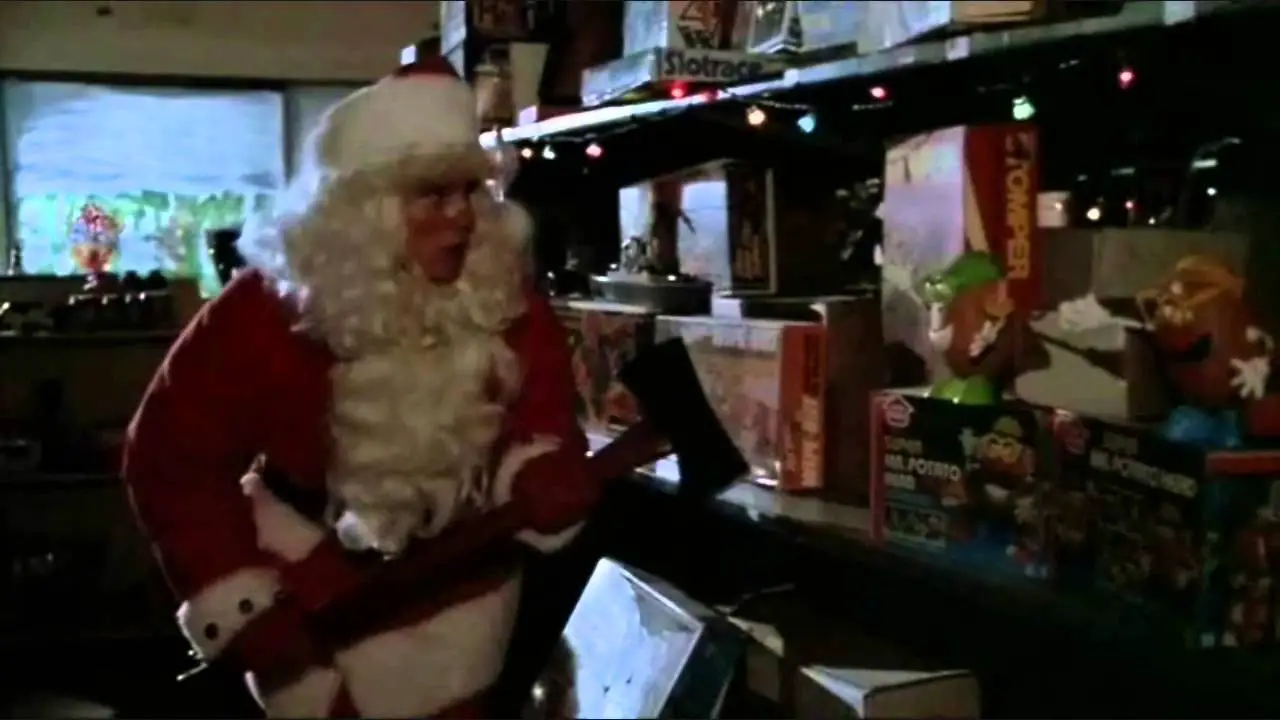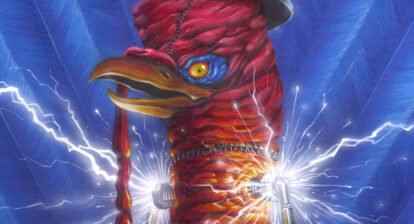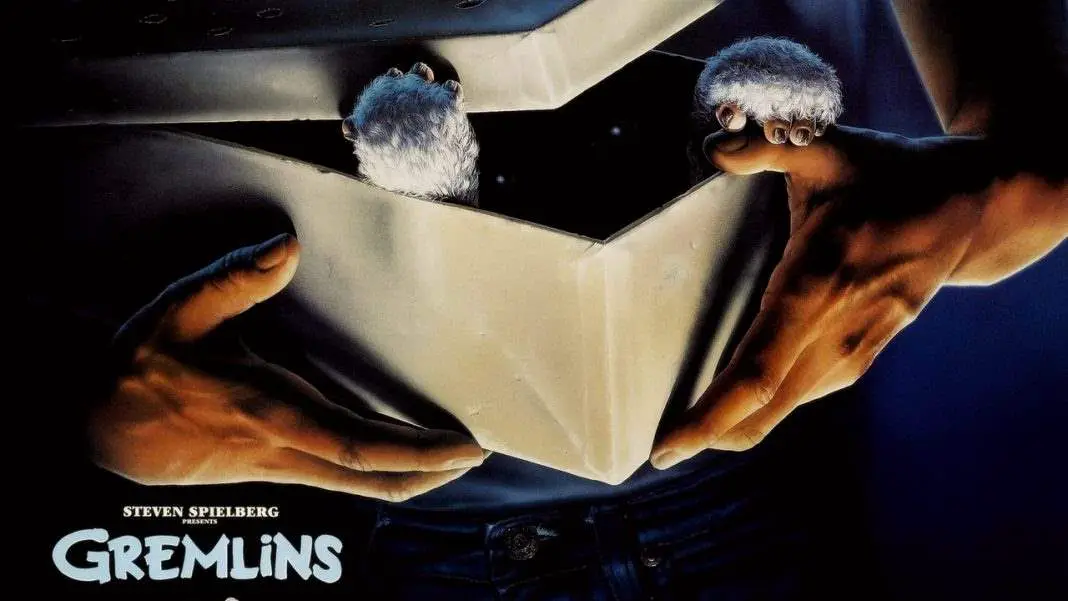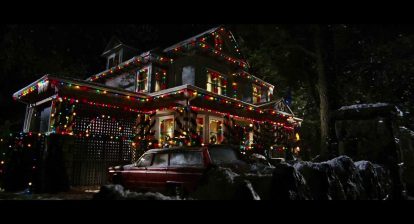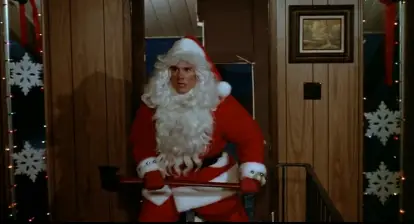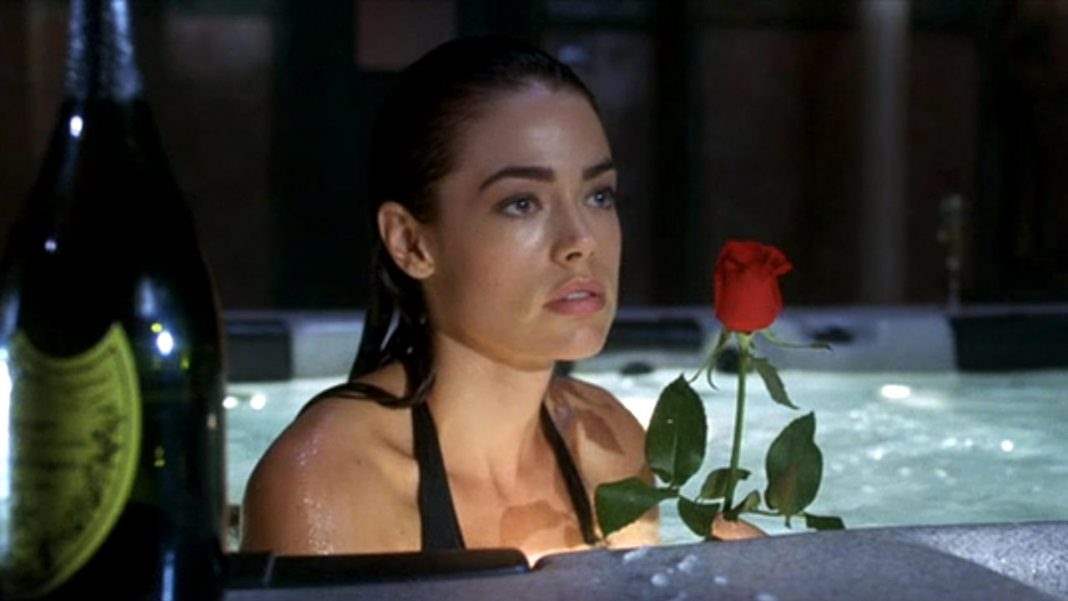There are a lot of names that immediately come to mind when people think of horror franchises. Friday the 13th, A Nightmare on Elm Street, and Halloween. Hellraiser and The Texas Chainsaw Massacre also rank right up there. But there are dozens if not hundreds of horror films that, for better or worse, found themselves saddled with sequel after sequel. There are the rare cases, like Phantasm, where something is actually added to the series and the mythology as it goes on. Horror movies like Return of the Living Dead are lucky to even have at least one good sequel. And then there are baffling cases like Prom Night where the first feature is ignored while the whole franchise spins off from the unrelated second. Imagine if Halloween III had set the direction for that whole series.
But if a movie finds a specific audience and chisels out a corner for itself in a specific market, it will find itself with a sequel. Usually more than one. On paper, the Silent Night, Deadly Night series sounds like a really smart idea. Halloween and Friday the 13th were both calendar date franchises that were massively successful. But those movies came out at the right time, while the slasher genre was already waning when Silent Night, Deadly Night was first released. Those movies had also found a formula that worked and had money put into them as they proved to be successful. Below, you’ll see how series can have none of those things and still reach six movies.
Silent Night, Deadly Night
Silent Night, Deadly Night is actually a pretty good slasher movie. It delivers some intense kills, but it also breaks traditional slasher formula by telling the story from the killer’s perspective. We start out in Billy’s childhood, seeing the trauma that seeds itself deep in the boy’s psyche. He watches a man in a Santa outfit murder his parents and naturally develops an intense fear of Santa and all things Christmas. He is taken to an orphanage and things only get worse from there. The abusive Mother Superior teaches that anything sexual or “naughty’ must be punished. Punishment must be severe. When Billy grows up and gets a job, he’s tasked with being the store’s Santa Claus for the holiday season. By this point, it’s easy to see where this is going. It’s both very entertaining and slightly sad to watch it all unfold. From that point on, the movie is just an entertaining rampage. What Silent Night, Deadly Night is most known for, though, is its controversy. This wasn’t the first movie to use the image of Santa as a killer, but it was the one people noticed. There was a public outrage until all publicity for the feature was pulled. Parents across America, even directors and actors as well-known as Mickey Rooney sent in hate mail. Some of this would prove to be incredibly ironic later on.

Silent Night, Deadly Night Part 2
Silent Night, Deadly Night is on its way to become a bigger cult classic than the first, bafflingly enough. People have really latched onto this one in the last few years. The weirdest part about that is the fact that 80% of Silent Night, Deadly Night Part 2 is recycled footage from the first movie. Initially, the entire film was going to be footage from the first reedited into a new story. But the director was able to talk the producers into a couple days of shooting so that there would actually be at least some sort of new story to tie the clips together. These new scenes were clearly shot in a very short amount of time with no money and presumably no supervision. At least it gave the world—or rather the Internet—the infamous garbage day scene.
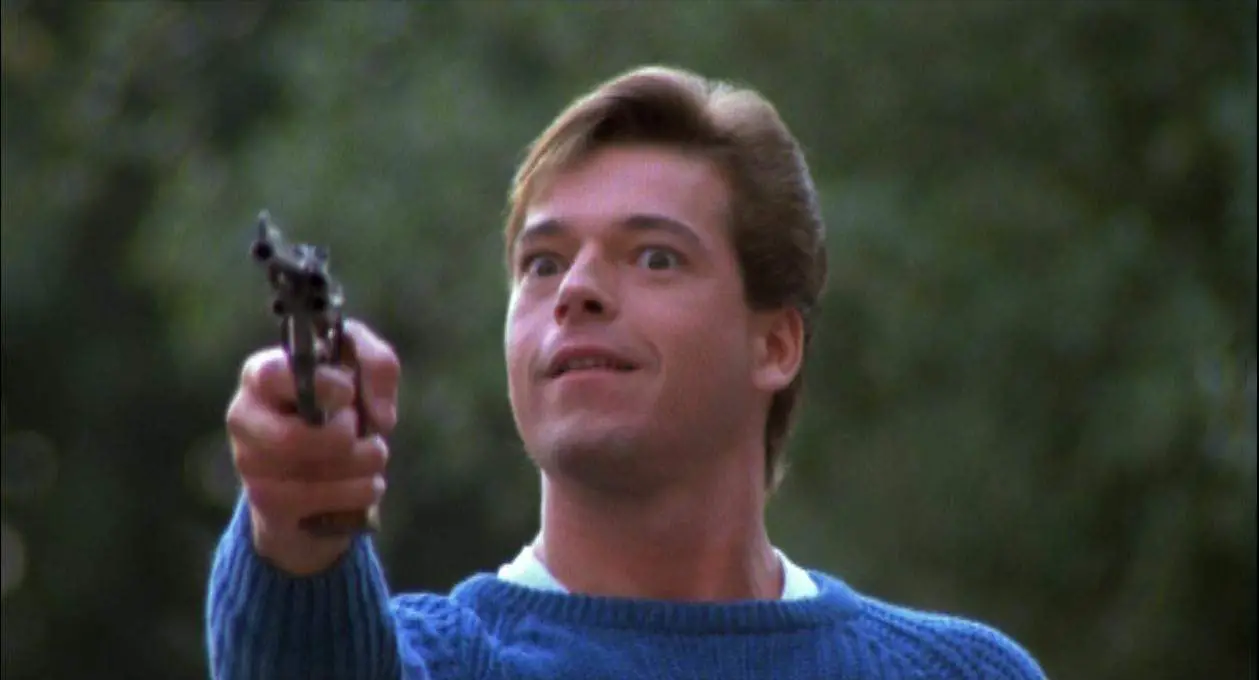
Silent Night, Deadly Night 3: Better Watch Out
It’s amazing that another sequel got made after the second. Luckily, there’s no recycled footage in this one, not that there would be a lot to mine from Part 2. This one is a new slasher with a very different tone, but it is still very much a sequel to the second. After being presumed dead, Ricky Caldwell (brother of Billy, from the original) wakes from a coma to continue his rampage. This time he is played by the completely wasted Bill Moseley. There’s a ton that Moseley could have done with the role of a slasher in a Santa suit. He would have made the movie much more entertaining, but instead he does not have a single line of dialogue and is forced to play this new version of Ricky as a lumbering robot. There’s a bit of a neat Wait Until Dark angle with the heroine being blind, but by the time the action picks up its tough to stay interested.

Silent Night, Deadly Night 4: Initiation
Initiation is sort of the Halloween III of the Silent Night, Deadly Night series, except while that abandoned Michael Myers to tell a deep-rooted story about the Halloween holiday, this one has virtually nothing to do with the previous movies and barely utilizes Christmas in the storyline. It drops the killer Santa idea completely. There’s a character named Ricky, but he is totally unrelated to the killer from the previous two installments. In true Halloween III fashion, there’s even a scene where a character watches Silent Night, Deadly Night 3 on TV. Instead of a psycho in a Santa suit, this one’s about a coven of witches preparing a ritual on Christmas Eve. While Halloween III really succeeded and has established a cult following, this film is really just a mess. Clint Howard steals what little show there is.

Silent Night, Deadly Night 5: The Toymaker
The most entertaining thing about The Toymaker is that screen legend Mickey Rooney stars as the titular toymaker. You may remember him from the beginning of this viewing guide as someone who sent in hate mail against the original Silent Night, Deadly Night. He condemned the film and thought it was an outrage against the holiday. Yet he stars in its fourth sequel. To Rooney’s…er credit, he doesn’t look happy to be there. In fact, he barely even looks like he can tell what day it is. Nonetheless, this is marginally better than the other sequels. However, that’s kind of like being the least injured in a car accident. The film involves killer toys, robots, some oddly specific and very weird sex acts, extremely obvious Pinocchio references—Rooney’s Joe Petto owns a toy shop with his odd son, Pino—and smartly brings back Clint Howard from the previous film. It’s a big, stupid mess but it’s at least fun at times. It’s an unsettlingly weird movie, but the weirdness is what makes it memorable.

Silent Night
Remakes get an unfair rep in the horror field, but I’ll be blunt about it: This movie is the best thing that’s happened to this franchise since the original. It’s a loose reinterpretation, bringing back some of the more iconic elements and then changing the story completely but it totally works. It’s night and day comparing this to the sequels. This is a fun movie with some truly imaginative kills and a strong and healthy sense of dark humor. More importantly, it feels like a film. There’s actual quality going into the work here that the sequels just didn’t have. Steven C. Miller is a competent filmmaker and is luckily beginning to be seen as such. I’m not trying to say that there’s no talent involved in the Silent Night, Deadly Night sequels. Brian Yuzna can definitely direct a movie, but Initiation felt like it was directed on autopilot. Here, it’s clear that whether or not fans agree with what he’s doing, Miller has a vision. He knows what he wants and he accomplishes what he sets out to do. That’s a success that only the original Silent Night, Deadly Night achieved. You’d have perfectly happy holiday viewing just watching these two back to back, but if you want to go back through the series, now you should have some idea what Santa has in store for you.

